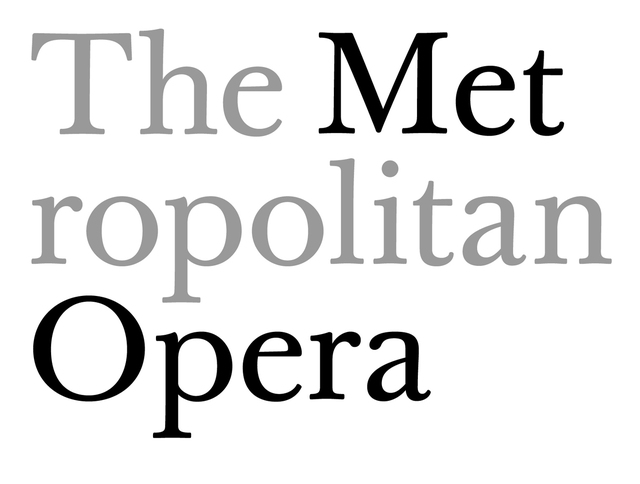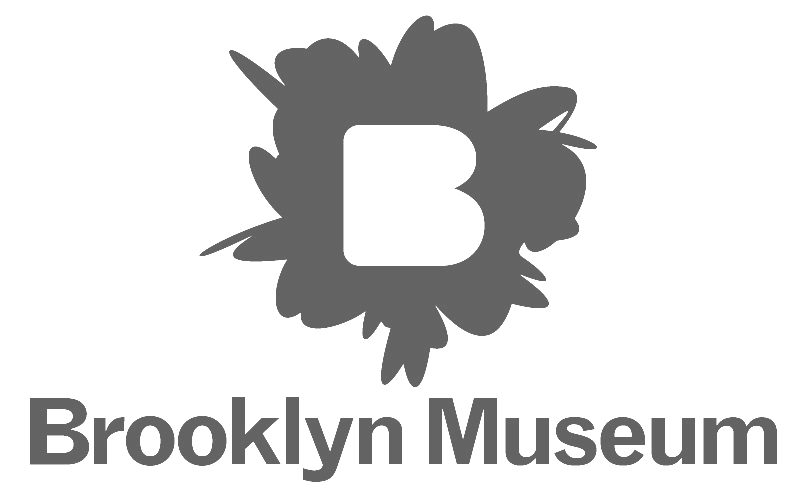A top consumer sports brand wanted to understand coaches’ knowledge and perceptions about athlete training. ERm conducted a series of focus groups with coaches of youth sports teams in markets across the country. Coaches were exposed to a new sports product offering along with educational materials in order to gauge the perceived role of the brand in the lives of coaches and their athletes.
The groups provided a deep understanding of how different factors (socioeconomic status, climate, parent involvement and sport of choice) shape the perceptions of what a coach’s role is. The client was given a roadmap with straightforward guidelines to customize their youth sports messaging.
An Academy Award-winning studio was developing a new film from a renowned director. The movie featured A-list stars and a compelling story, but they hadn’t found the perfect title. Through online testing, ERm presented a concept and poster featuring one of five different titles to psychographically identical groups of moviegoers. This helped the studio understand the perceptions of each title so they could choose the best-fitting title for their film.
Later, while the film was in post-production, ERm recruited audiences for a series of test screenings throughout the country. Custom-designed surveys and focus groups helped the filmmakers hone their vision as they tested numerous cuts of the film. Once the picture was locked, ERm adjusted the survey to focus on marketing considerations and messaging. Additional focus groups and intercept surveys helped the studio select the trailer that was most effective in conveying the key marketing message. On opening weekend, ERm representatives spoke to moviegoers in theaters across the country. With an understanding of who was turning out and why, the studio was able to customize their media planning and rollout strategy to best suit their particular film.
A team of prolific Broadway producers needed to know if they had another hit on their hands. During an out-of-town run and then during previews at its Broadway home, ERm surveyed audiences and conducted post-show focus groups to provide feedback to the creative team. This research confirmed the viability of the show, but it also helped the producers understand what was and wasn’t working for audiences on a more granular level.
Many years into the show’s successful run on Broadway, the producers returned to ERm to understand their current customer base. A new round of in-theater studies revealed that audiences had shifted from local early adopters to domestic and international tourists. ERm followed up with intercept surveys and in-person focus groups among locals who had never seen the show, in order to understand what held them back, along with what marketing messages might persuade them to finally attend.
A major tourist attraction needed a deeper understanding of the marketplace before they launched in New York City. ERm spoke to locals and tourists alike to help the client understand what was important to consumers. A pricing model provided the lower and upper bounds of acceptable pricing, along with an ideal price point, while qualitative data provided a better sense of attractions and barriers to attendance.
With a deep understanding of the target consumer, ERm and the client identified a base price point and a number of additional options designed to give customers more of what they want for a fair price. These options included discount packages, dynamic pricing based on admission times, dining concepts and additional add-ons.
A major television network was rebooting an existing property for a television audience, and they wanted to understand the cultural relevance of the property among a specific audience segment. ERm designed an online study to determine who is aware of the property and what it means to them on a personal level. With the findings from this study, the client was able to identify the primary emotions and memories associated with the property, its relevance to this community’s culture and their interest in sharing it with younger generations.
ERm provided comprehensive feedback on the property, including reaction to a detailed concept and a complete demographic and psychographic profile of those with the strongest connection to the property. ERm used this information to identify potential opportunities and risks in the market, outreach strategies, and key cultural touchpoints relevant to the property.
A major league New York sports team wanted to make the in-person game day experience better than ever. ERm conducted a series of focus groups with season ticket holders and casual fans alike in order to understand what drew them to live games in general and to this team/sport in particular.
With a clear understanding of each segment’s perceptions and preferences, ERm provided a guide to help the client deliver the best possible experience to each segment without alienating the others. The team made substantive changes to the stadium and its audio/visual presentation, which increased fan engagement and improved the overall experience.
A technology company wanted to assess college students’ perceptions of a popular app before and after a major marketing campaign. To start, ERm recruited a team of on-campus student leaders to survey a wide range of students on college campuses throughout the country–half of these campuses would be targeted for the campaign, while the other campuses were control schools (similar colleges that would not see the campaign).
After the campaign was complete, ERm returned to the campuses in order to measure the impact. Before-and-after data from the non-campaign schools served as a baseline and helped the client understand which competing technologies were gaining market share over the course of the year. At the campaign schools, shifts in awareness and perceptions of the app gave the client insights into which messaging was resonating most strongly with college students and how changes in usage were driven by campaign messaging.











